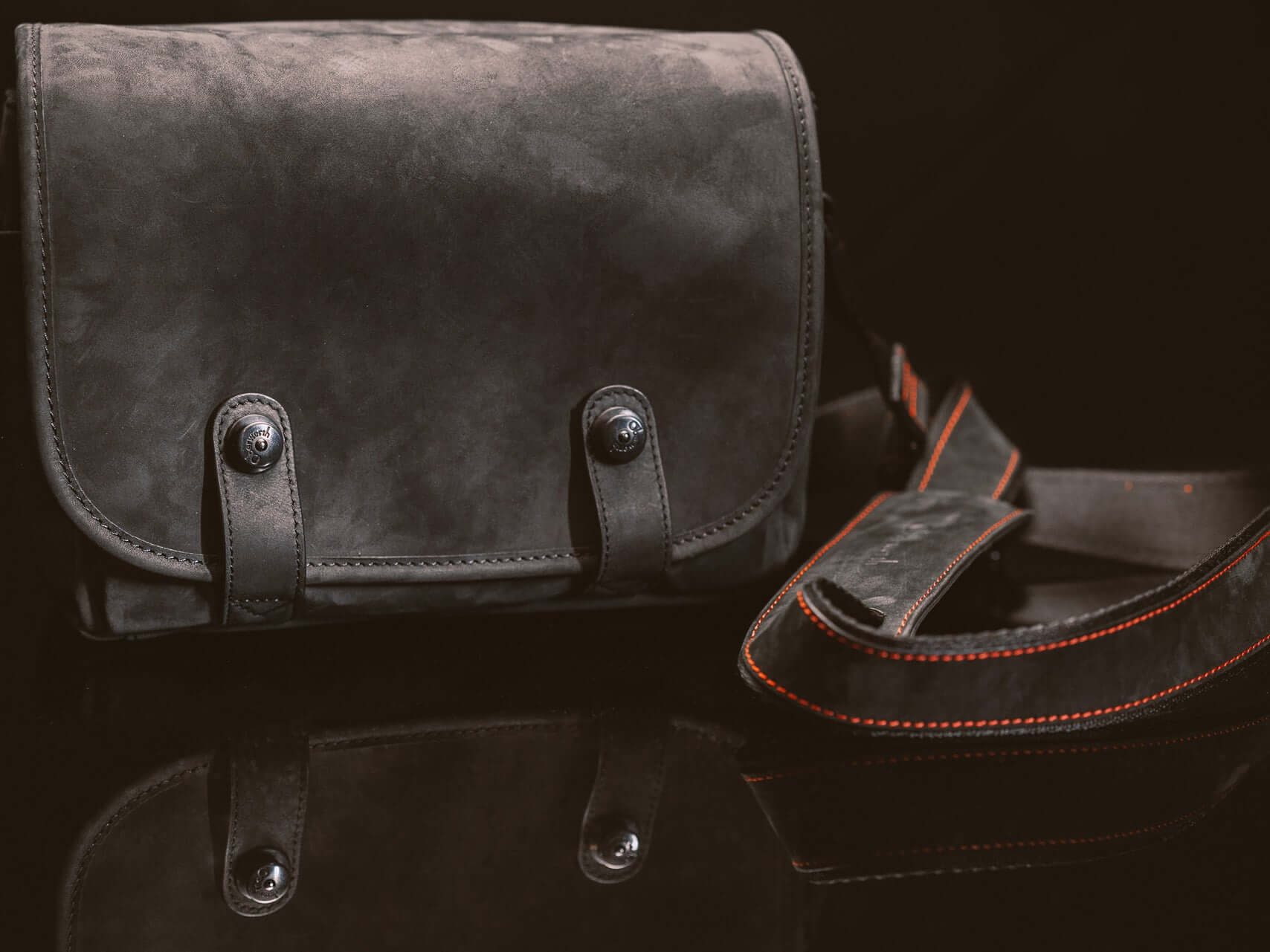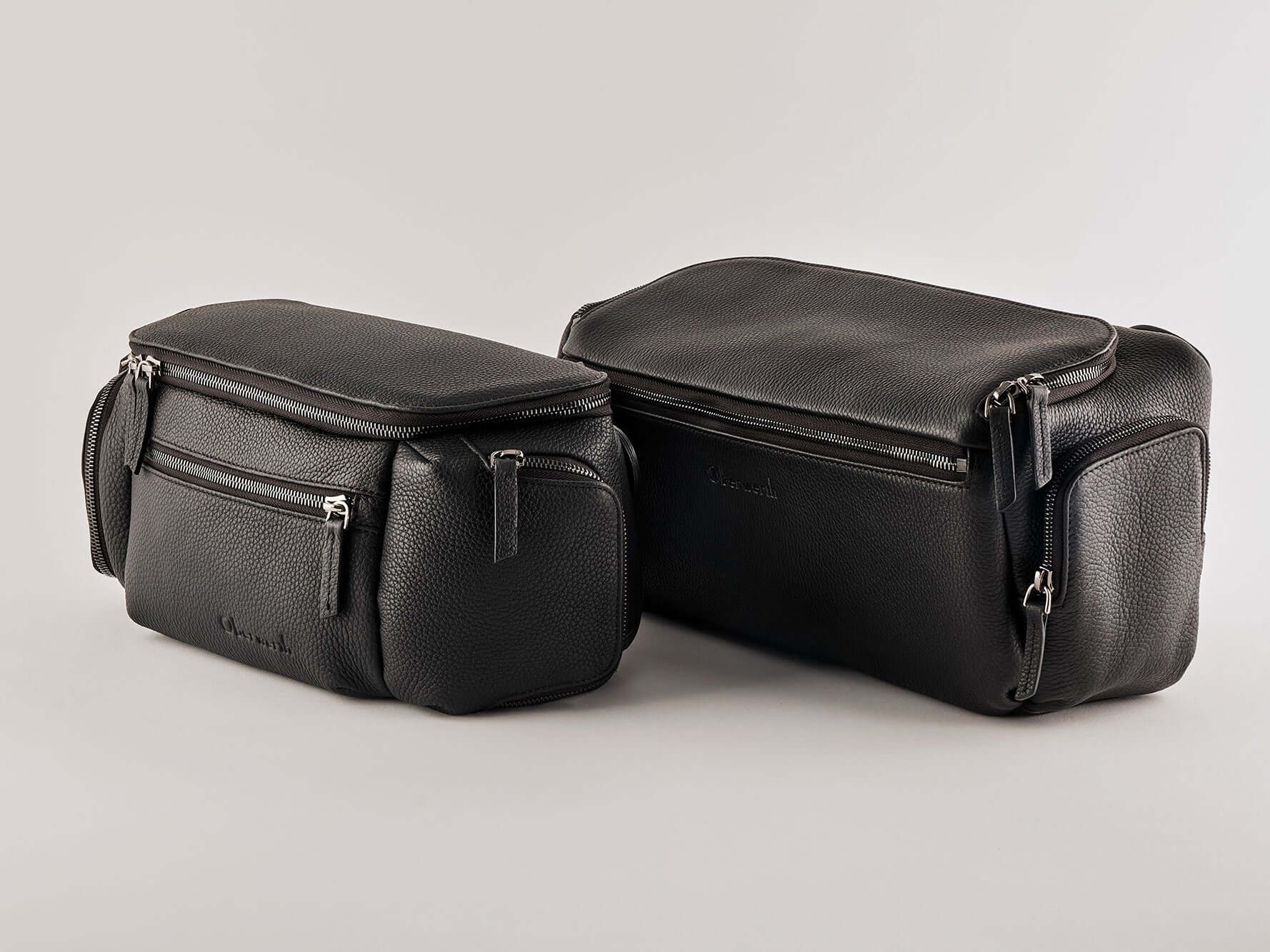
Leica Monochrom: A guide to black and white photography
Whether in vintage fever, as a photographic challenge or out of conviction, black and white photography, the first genre of photography closely linked to the beginnings of this art, never seems to go out of fashion. Anyone who particularly loves this genre of photography or would like to familiarize themselves with it in more detail cannot avoid the iconic Leica Monochrom camera model. For decades, this timeless model has inspired photography professionals and amateurs alike and is one of the highest quality and most reliable tools to be found in this genre of photography. In this short guide, we explore the intricacies of the Leica Monochrom and offer insights, tips and techniques to help you take your black and white photography to the next level.
Understanding the Leica Monochrom
Black and white photography is considered by enthusiasts to be the most fundamental of all photographic practices, consisting of composing striking images that are entirely devoid of color aspects and consist only of contrast and light. For true black and white enthusiasts, the Leica Monochrome is much more than just a camera, but a versatile tool for the art of black and white photography.
Leica itself emphasizes that the absence of a colour filter field in its monochrome camera and its extraordinarily high sensor resolution of 40 megapixels result in a resolution and representation of even the finest details with exceptionally natural-looking sharpness that is second to none. However, the special design and finish of the camera means that it not only offers unique application possibilities, but also challenges those who are not yet familiar with it and would like to work with it.
You can also find the right camera bag for your equipment and everything you need to protect your camera in our Oberwerth Shop. From classic camera bags to modern sling bags up to noble photo weekenders and backpacks. Of course you will also find hand straps and shoulder straps. Finest craftsmanship made from the best materials. Take a look around and find the bags & accessories that best suit you and your equipment!
Technical features of the Leica Monochrom
Compared to other camera models from the legendary Leica M series, the Leica Monochrom stands out because it has a specialized monochrome CCD sensor without a colour filter matrix. As a camera that shoots exclusively in black and white, it naturally does not need this, but instead offers the decisive advantage of improved sharpness, clarity and light sensitivity compared to conventional color sensors. The particularly good sharpness in combination with the outstanding resolution of around 40-42 megapixels, which the latest versions of the Leica Monochrom have, make it possible to photograph with sufficient detail for high-quality prints and enlargements.
To enable the play with light, shadow and contrast that is so important in black and white photography, the Leica Monochrom is also equipped with a sensor that has a particularly good dynamic range. This makes it possible to capture a wide range of tonal values from deep black to bright highlights.
The Leica Monochrom also impresses with its outstanding ISO performance, which enables photography even in low light conditions while maintaining full image quality. However, in order to prevent the noise level from increasing at higher ISO settings and negatively affecting the image quality, it is essential to familiarize yourself with the camera's manual controls. This allows you to easily adjust the ISO value with shutter speed and aperture and produce the best images.
If you already own other cameras from the Leica M series, you can also combine your monochrome camera with a variety of other Leica lenses. With an adapter ring, lenses from other manufacturers can also be screwed onto the Leica Monochrom, which is easy on the wallet and significantly increases the camera's range of applications.
Daring to try something new in black and white photography
1. mastering the composition
By dispensing with colors, it is particularly important when shooting with the Leica Monochrom to take a moment before pressing the shutter release to analyze the planned composition of the image. Black and white photography relies heavily on shapes, textures and contrasts to convey emotions and tell entire stories in a picture. To create really great photos in monochrome, it's important to experiment with different angles, perspectives and framing.
2. use light and shadow to your advantage
Light and shadow play a central role in black and white photography and shape the mood and atmosphere of the images. With the exceptional dynamic range of the Leica Monochrom, high-contrast settings can be used particularly well to add drama and intensity to your own images. It certainly pays to experiment with backlighting, sidelighting and chiaroscuro techniques. It is not without reason that black and white photography is also used by photographers who otherwise like to take pictures in color as a challenge and a special training in the area of exposure and contrasts.
3. exhausting the tonal range
Thanks to its special sensor, the Leica Monochrom allows a particularly wide range of tonal values and is ideal for capturing the finest nuances. If you dare to experiment creatively with the camera's various exposure settings, you can conjure up truly impressive nuances from highlights and shadows.
4. dare minimalism
More than any other genre, black-and-white photography thrives on being limited to the essentials. In times of sensory overload and fast-paced life, it can be a real challenge to embrace the minimalism of monochrome photography, but the daring usually pays off. To work in the spirit of black and white photography, you should try to avoid distractions and excessive detail in the image and instead focus on the essential elements that have captured your attention.
Conclusion
The Leica Monochrom is certainly one of the most legendary cameras in the history of photography. Some people love it, know it inside out and create unforgettable black and white photography with its help, while for others this timeless camera demands that they overcome their own limits and presents a real challenge. Anyone who wants to practise the art of monochrome photography and creatively venture into new areas will soon be able to take particularly impressive photos of previously unknown sharpness with a few practical tips on the special features of the Leica Monochrom. This will certainly not be easy at first, but it is worth enduring uncomfortable and challenging moments and continuing to experiment with the camera!

